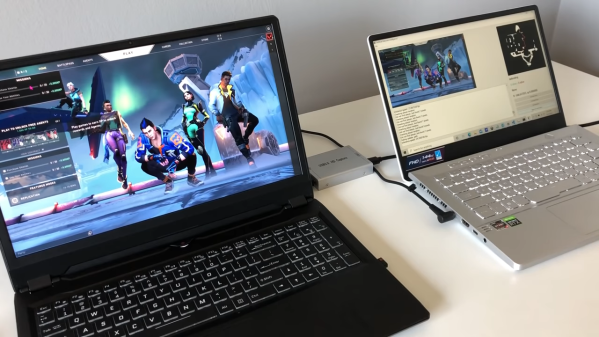Modern competitive games have a great deal of anti-cheat software working to make sure you can’t hack the games to get a competitive advantage. [Kamal Carter] decided to work around this by building a physical aimbot for popular FPS Valorant.
The concept is straightforward enough. [Kamal] decided to hardmount an optical mouse to a frame, while moving a mousepad around beneath it with an off-the-shelf Cartesian CNC platform, but modified to be driven by DC motors for quick response. This gave him direct control over the cursor position which is largely undistinguishable from a human being moving the mouse. Clicking the mouse is achieved with a relay. As for detecting enemies and aiming at them, [Kamal] used an object detection system called YOLO. He manually trained the classifier to detect typical Valorant enemies and determine their position on the screen. The motors are then driven to guide the aim point towards the enemy, and the fire command is then given.
The system has some limitations—it’s really only capable of completing the shooting range challenges in Valorant. The vision model isn’t trained on the full range of player characters in Valorant, and it would prove difficult to use such a system in a competitive match. Still, it’s a neat way to demonstrate how games can be roboticized and beaten outside of just the software realm. Video after the break. Continue reading “Physical Aimbot Shoots For Success In Valorant”











